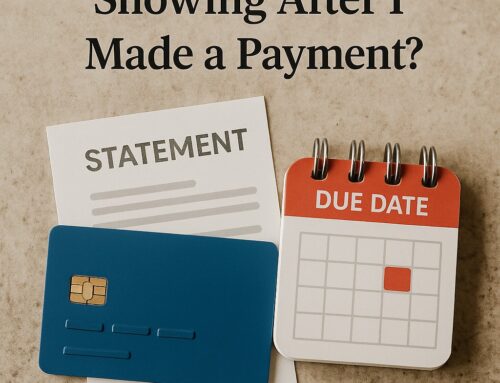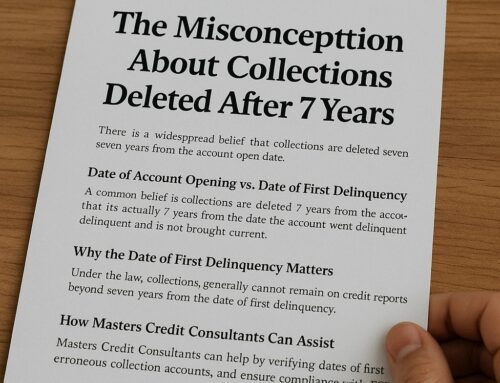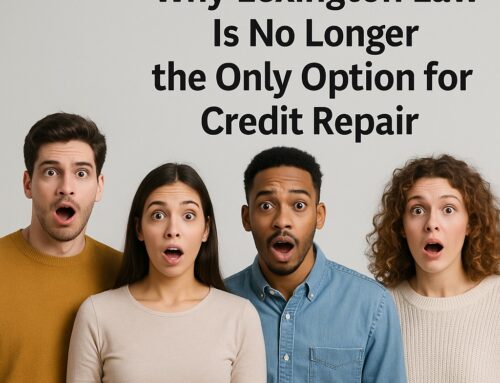Understanding the Snowball Effect in Debt Payoff
If you’ve ever struggled with multiple debts, you know how overwhelming it can feel. The snowball effect in debt payoff is a simple yet powerful strategy to help you build momentum and eliminate debt quickly. Instead of spreading yourself thin, this approach focuses on paying off your smallest debt first, then rolling those payments into your next debt—like a snowball gaining size and speed as it rolls downhill.
By applying this method, many people find motivation in achieving small wins that build into larger victories. According to financial experts, the snowball effect is one of the most effective ways to become debt-free faster while staying consistent with your repayment plan.
How the Debt Snowball Method Works
The debt snowball method involves four simple steps:
-
List all your debts from smallest balance to largest. Ignore interest rates at this stage.
-
Pay the minimum on all debts except the smallest one.
-
Focus on the smallest debt by throwing all extra money at it until it’s completely paid off.
-
Roll the payment from the paid-off debt into the next smallest debt, creating a snowball effect.
For example, if you have:
-
Credit Card A: $500 balance
-
Credit Card B: $1,200 balance
-
Student Loan: $10,000 balance
You would pay off Credit Card A first, then apply that payment amount toward Credit Card B, and eventually attack the student loan with even larger payments.
This method creates psychological momentum, giving you confidence to keep going.
Why the Snowball Effect Helps You Become Debt-Free Faster
The key advantage of the debt snowball strategy is motivation. Unlike the avalanche method (which targets high-interest debt first), the snowball approach delivers quick wins that keep you engaged.
Benefits of the Snowball Effect in Debt Payoff:
-
Builds confidence as you see debts eliminated one by one.
-
Creates momentum that makes larger debts feel more manageable.
-
Simplifies your repayment plan for easier budgeting.
-
Helps you stay consistent until all debts are gone.
While mathematically, paying off higher interest rates first might save more money long-term, many people quit before reaching the finish line. The snowball effect keeps you motivated and on track.
Debt Snowball vs. Debt Avalanche: Which Is Better?
Both methods are powerful, but the debt snowball is ideal if you:
-
Need motivation and encouragement to stay consistent.
-
Want a clear roadmap with visible progress.
-
Feel overwhelmed by multiple debts and need to simplify.
On the other hand, the debt avalanche method may work better if:
-
You’re disciplined and highly motivated.
-
Your main priority is saving money on interest payments.
Still, countless financial coaches and credit experts recommend the snowball effect in debt payoff because it helps people achieve results faster in real life—not just on paper.
How Masters Credit Consultants Can Help You
At Masters Credit Consultants, we understand that debt isn’t just about numbers—it’s about stress, credit scores, and financial freedom. We help clients rebuild their credit and create tailored debt repayment strategies, including the debt snowball method.
By working with our experts, you’ll get:
-
A personalized credit repair plan
-
Step-by-step guidance on managing and reducing debt
-
Support to boost your credit score faster
-
Access to financial tools and resources for long-term success
If you’re serious about becoming debt-free faster, Masters Credit Consultants can be your trusted partner in the journey.
Schedule Your Free Credit Consultation Today
✅ Ready to take control of your debt and rebuild your credit?
✅ Want a proven strategy like the snowball effect in debt payoff to work for you?
📞 Phone: 864-249-9466
🌐 Website: www.masterscredit.com
👉 Schedule Your Free Credit Consultation with Masters Credit Consultants Here
Take the first step toward financial freedom today. With the right plan and expert support, you can eliminate debt, repair your credit, and create a brighter financial future.







Leave A Comment